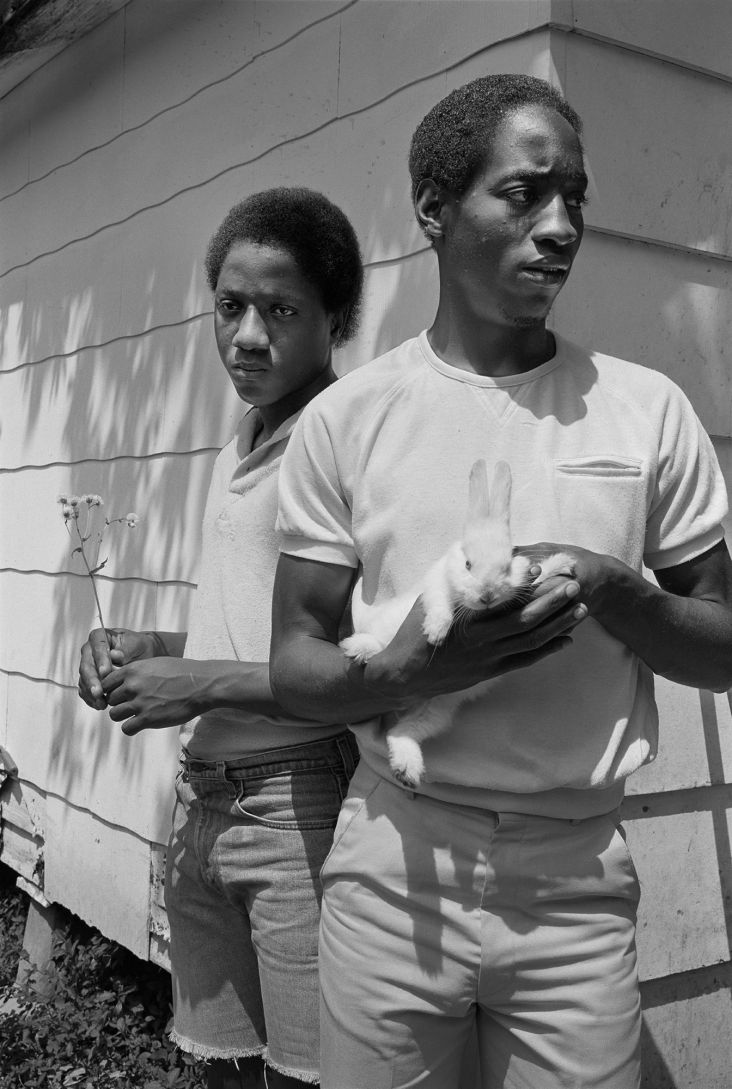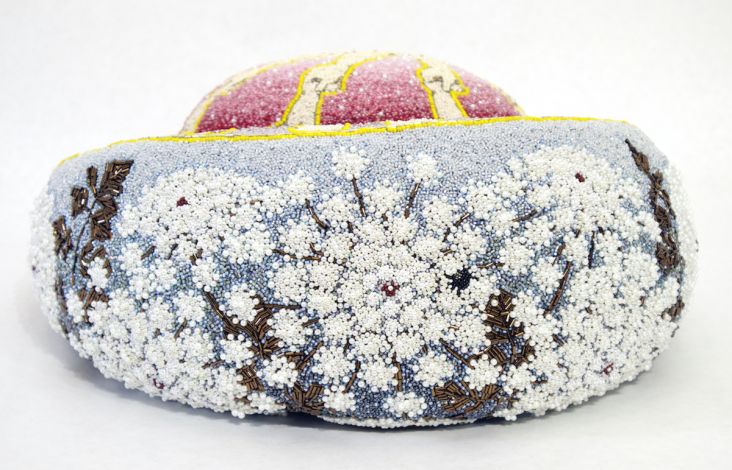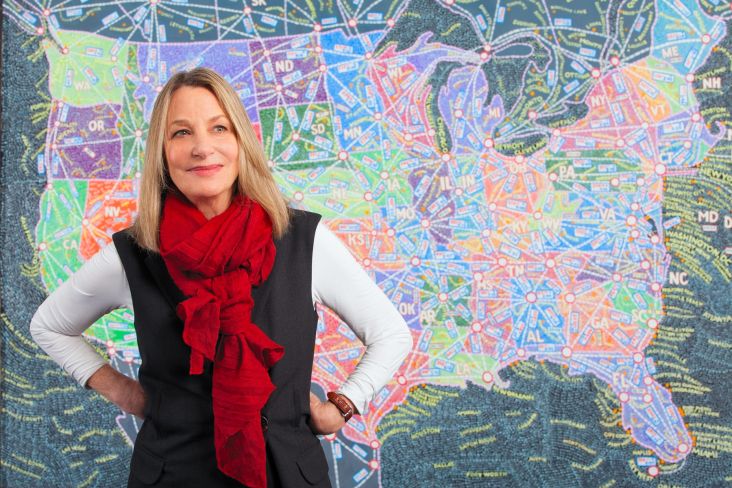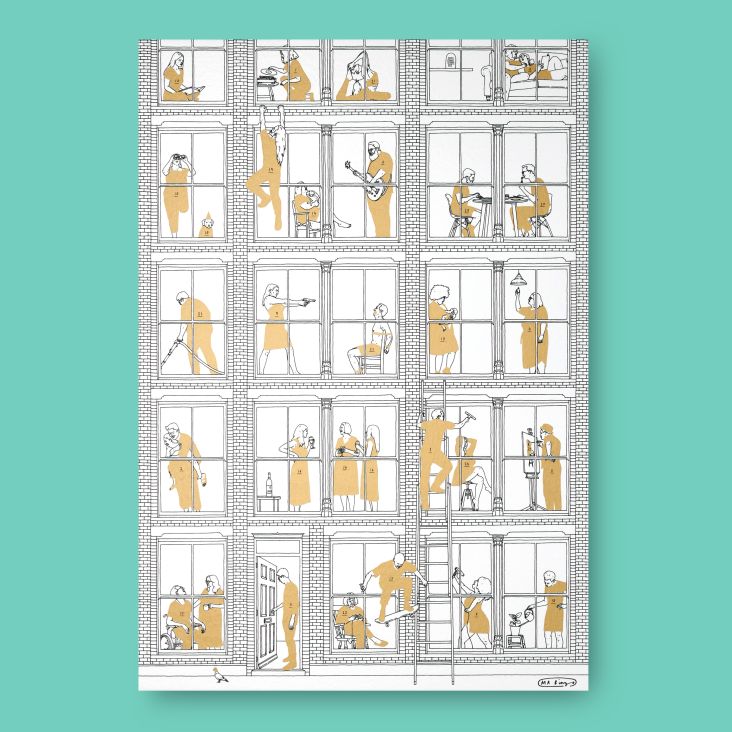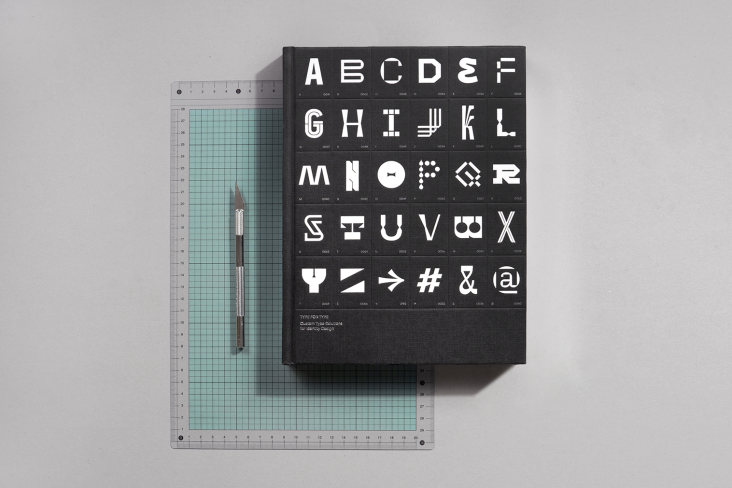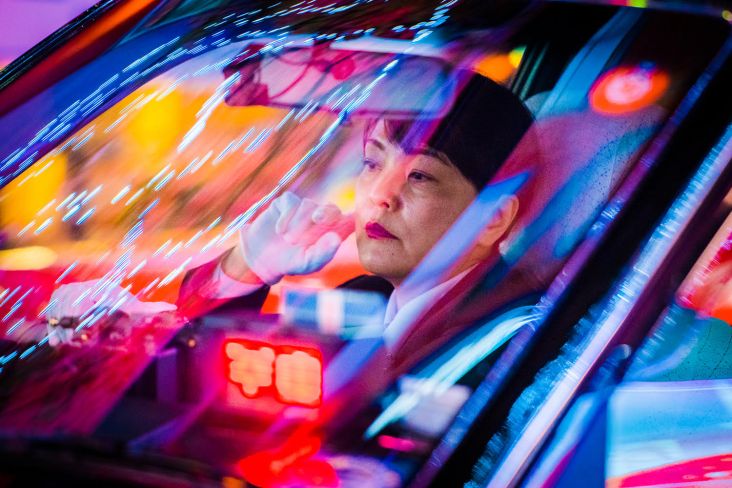Lineup: A group show in New York explores the role of 'stripes' in art history
Stripes, or what some call linear marks, have been a central device of avant-garde art since the advent of Modernism in the late 19th century.
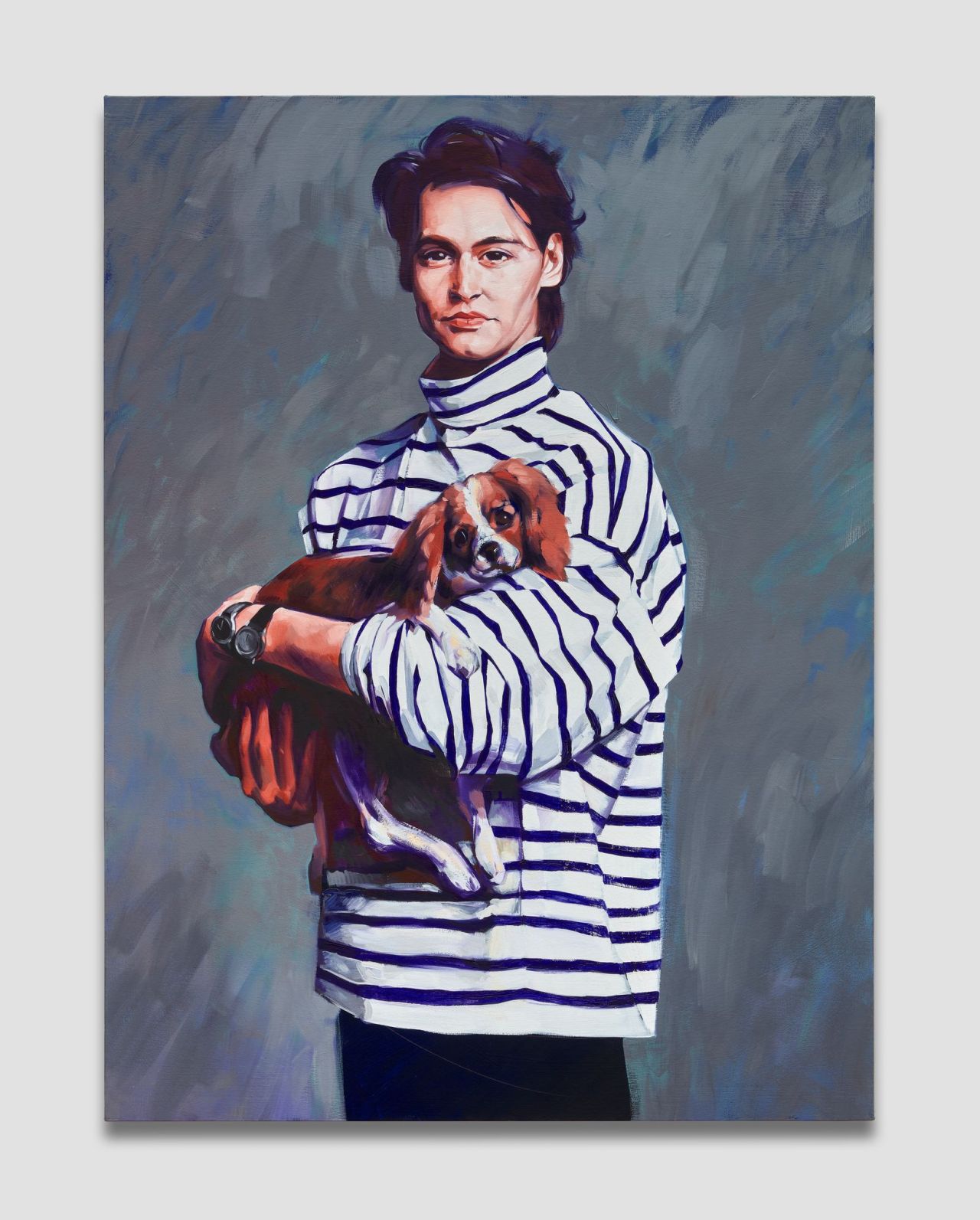
© Sam McKinnis – Johnny's Puppy, 2015. All images courtesy of the gallery
Present for centuries in architectural forms and the patterning of interior furnishings like carpets and upholstery, their specific role in art history has not yet been systematically analysed. Until now, that is.
A new exhibition at the Almine Rech Gallery in New York called 'Lineup' will explore the role of stripes in art over the last 200 years. It will feature young artists like Chloe Wise, Sam McKinniss, Marcus Jahmal, Vaughn Spann along with more established names like Picasso, Sol LeWitt, Agnus Martin and Frank Stella.
Curated by Alex Bacon, he says: "The stripe emerged as an autonomous device in the first two decades of the 20th century alongside other classic modes of abstraction, such as the grid, the monochrome and chance, as one of the ways for an artist to avoid actively composing their work. The stripe is perhaps the non-compositional device with the longest prehistory, given its prominence as a decorative structure."
He adds: "By the end of the 1970s a younger generation recognized both the achievements of the high Modernists, and their critiques by the minimal and conceptual artists who followed, finding the stripe to be a malleable sign and symbol of abstraction itself, and especially its imbrication in a larger politics, which underpins the critical work of artists active in the 1980s and '90s like Peter Halley, and Jac Leirner.
"At this time a new generation of painters like Mary Heilmann also embraced the stripe for different reasons: because it was amenable to a new looser, more playful brand of abstraction with bold, graphic overtones."
Lineup at Almine Rech Gallery in New York runs until 14 December 2019.
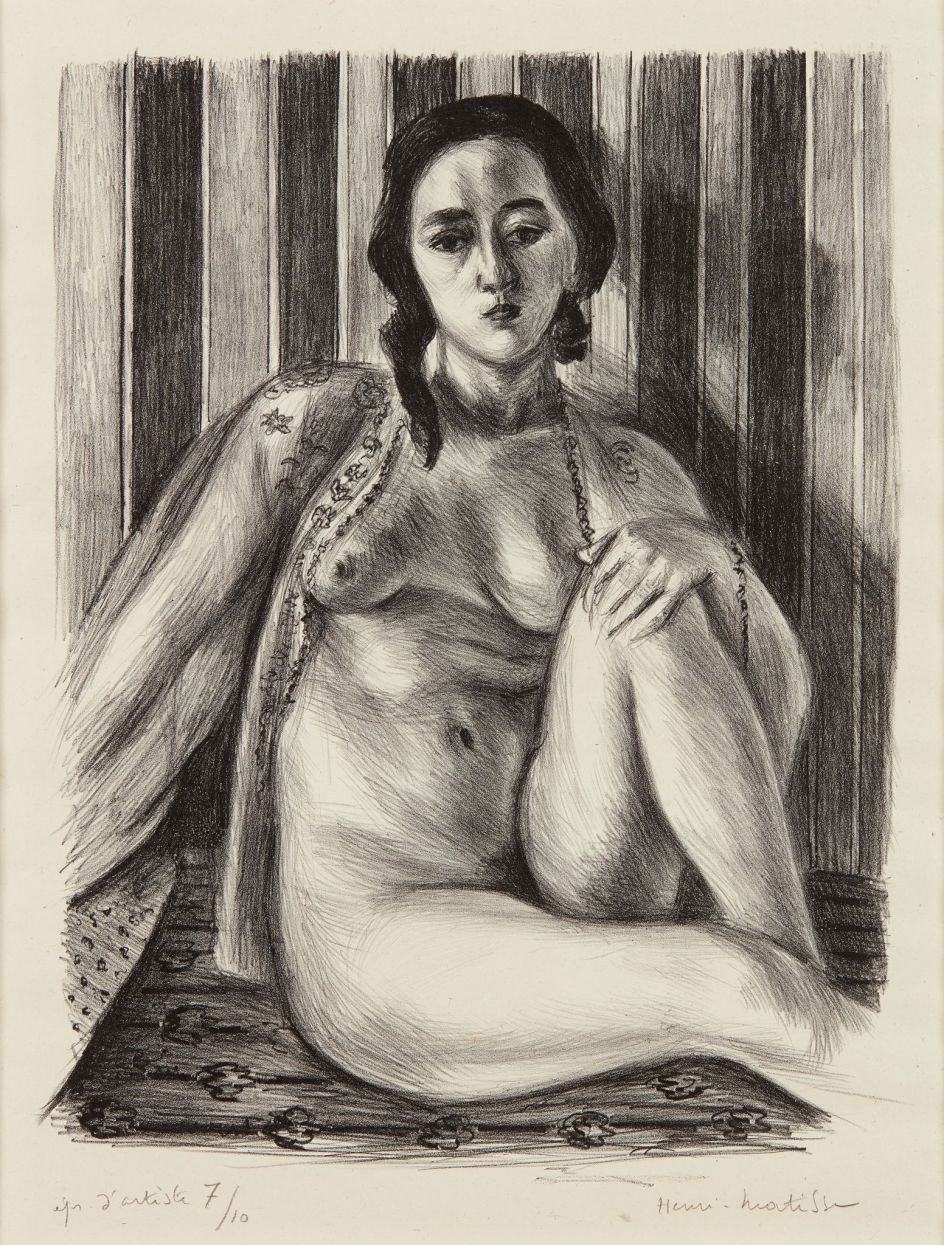
© Henri Matisse – Seated Nude Woman with a Tulle Blouse, 1925. Lithograph on China paper
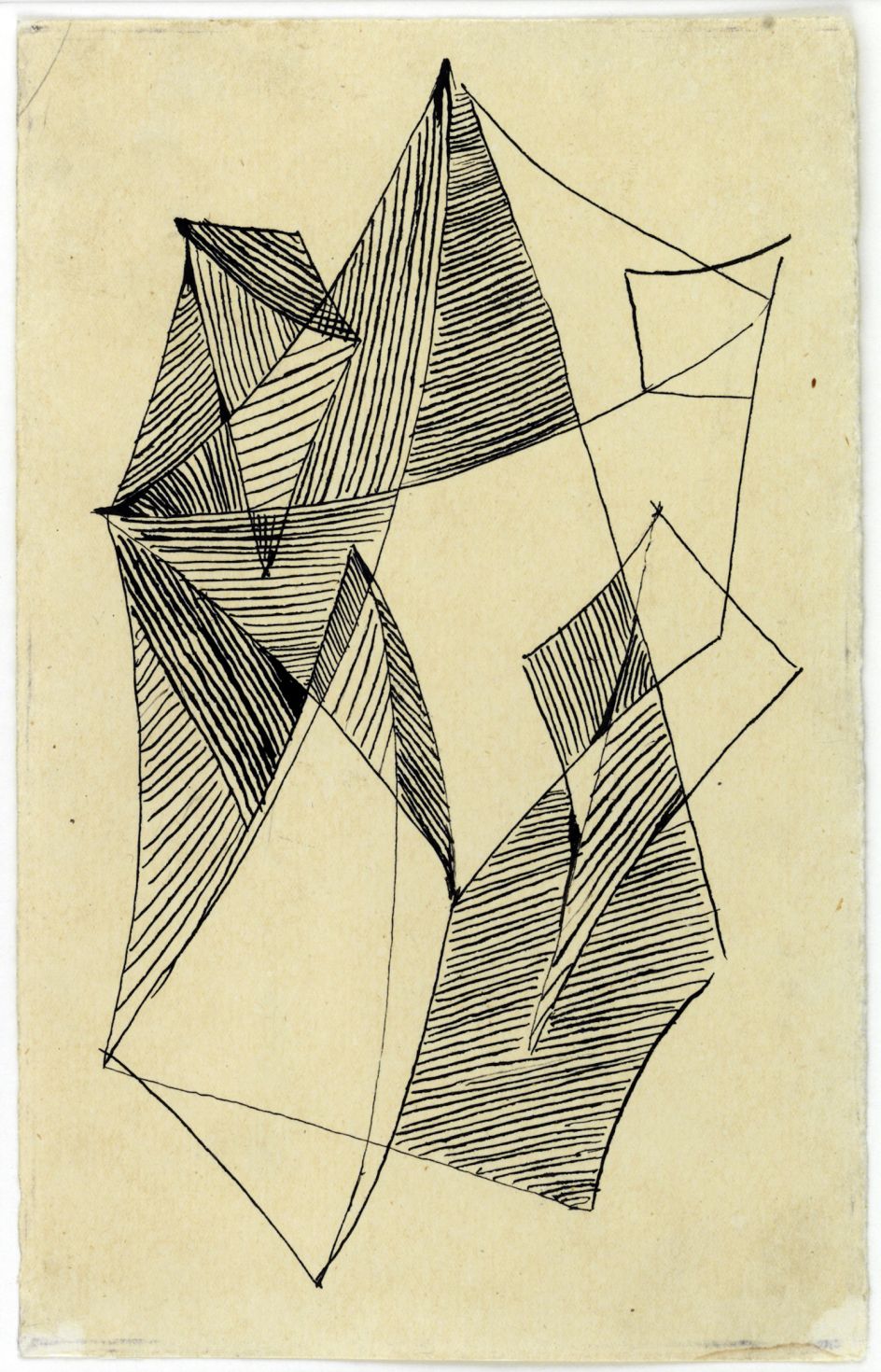
© Liubov Popova – Untitled, 1918. Ink on paper
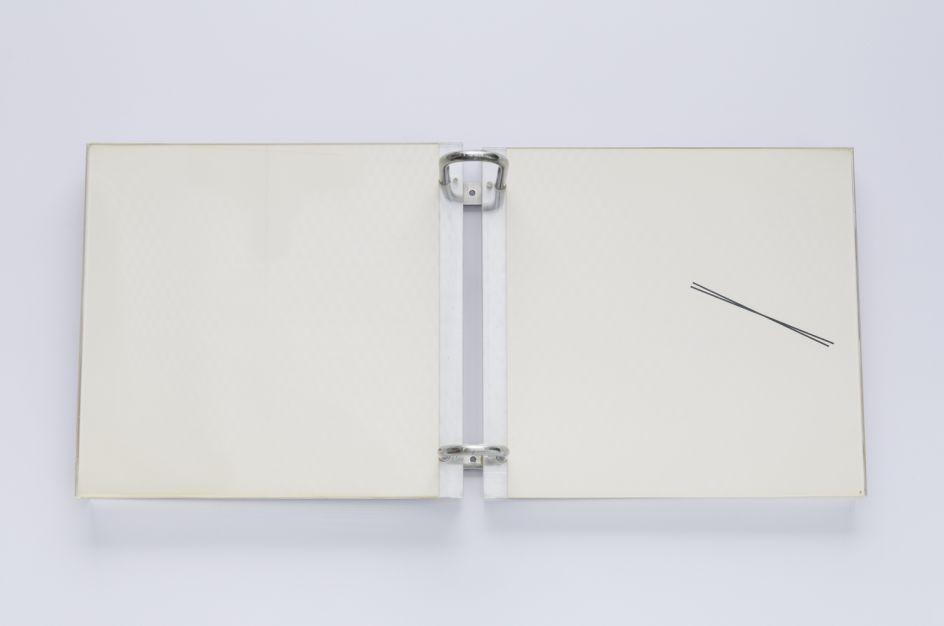
© Mira Schendel – Untitled, 1971. Letraset on paper




 by Tüpokompanii](https://www.creativeboom.com/upload/articles/58/58684538770fb5b428dc1882f7a732f153500153_732.jpg)

 using <a href="https://www.ohnotype.co/fonts/obviously" target="_blank">Obviously</a> by Oh No Type Co., Art Director, Brand & Creative—Spotify](https://www.creativeboom.com/upload/articles/6e/6ed31eddc26fa563f213fc76d6993dab9231ffe4_732.jpg)









